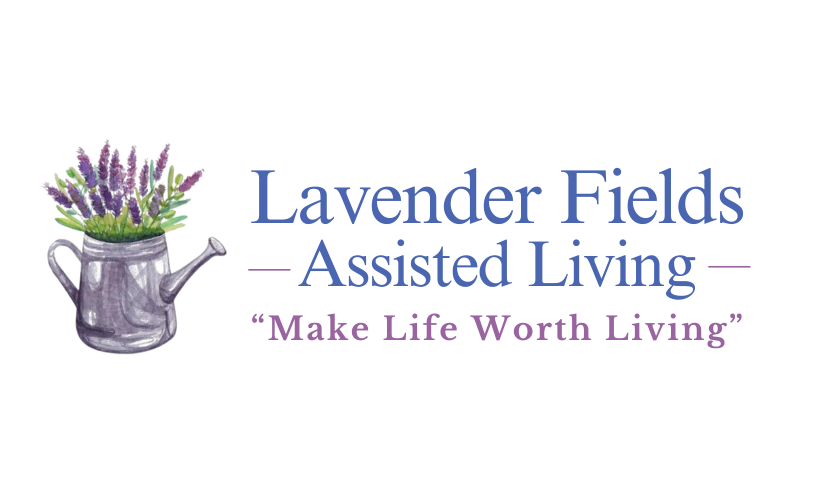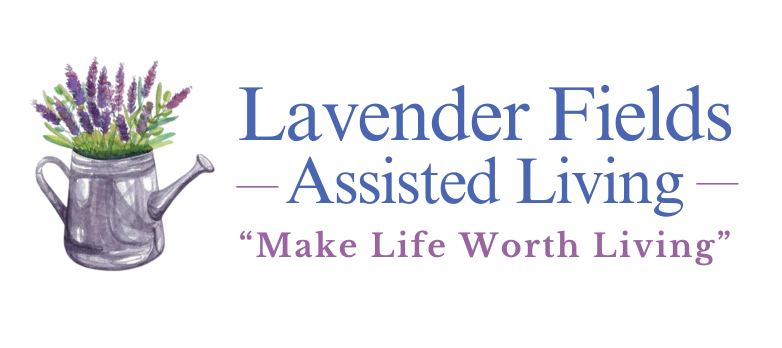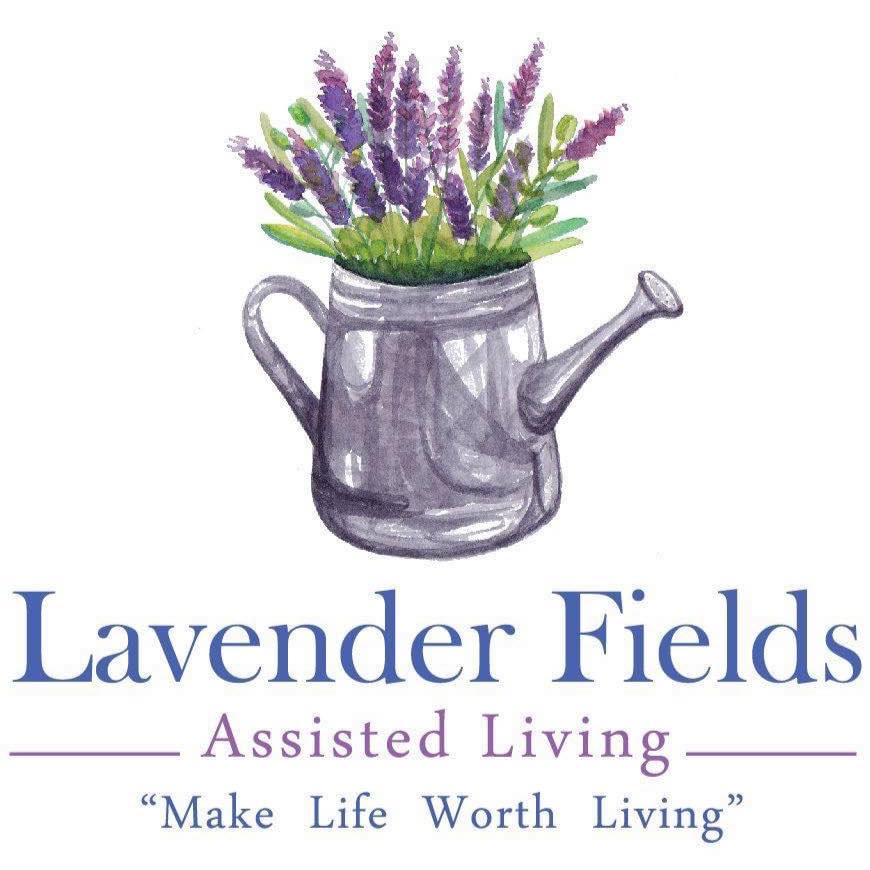AMAP Study Guide Part 2: Medication Administration Procedures
Key Regulations/Legislation
- Federal and State Laws: All medications must be administered in accordance with prescribed orders, facility policy, and applicable laws.
- Controlled Substances Act:
Governs the administration and documentation of controlled substances, requiring special handling and accountability.
Key Procedures/Protocols
| Procedure | Description |
|---|---|
| Six Rights of Medication Administration | Right resident, right drug, right dosage, right time, right route, right documentation. |
| Medication Storage | All medications must be stored in original containers, locked, and accessible only to authorized personnel. |
| Documentation | Document medication administration immediately after giving it, including any missed doses or errors. |
Key Assessment Techniques
- Vital Signs Measurement: Includes temperature, pulse, respiration, and blood pressure, which must be accurately recorded and reported to the RN if abnormal.
- Stethoscope Use: Proper technique for measuring heart rate and blood pressure, ensuring cleanliness and accuracy.
Key Drugs
- Controlled Substances: Drugs with a high potential for abuse, requiring strict documentation and handling (e.g., narcotics).
- Non-controlled Drugs: Prescription and over-the-counter medications that do not fall under controlled substance regulations.
Facts to Memorize
- The Six Rights of Medication Administration: Right Resident, Right Drug, Right Dosage, Right Time, Right Route, Right Record.
- Common medication abbreviations: ac (before meals), bid (twice a day), prn (as needed), npo (nothing by mouth).
- Normal vital signs: Temperature: 96.6 to 98.6°F (oral), Pulse: 60 to 90 bpm, Respiration: 12 to 20 breaths/min, Blood Pressure: <120/80 mmHg.
Reference Information
- Medication Administration Record (MAR) must include resident name, drug name, dosage, route, and time of administration.
- Controlled substances must be stored in a locked cabinet with two different keys.
- The RN must be notified of any medication errors or discrepancies in the MAR.
Problem-Solving Steps
Steps for Administering Medications:
- Review MAR: Check for the correct resident, medication, dosage, time, and route.
- Prepare Medication: Gather the medication and ensure it matches the MAR.
- Check for Allergies: Confirm the resident's allergies before administration.
- Administer Medication: Follow the prescribed route and dosage.
- Document Administration: Record the administration on the MAR immediately after giving the medication.
- Monitor for Effects: Observe the resident for any adverse reactions or side effects.
Cause and Effect
| Cause | Effect |
|---|---|
| Administration of medications by AMAPs | Improved health outcomes for residents, but requires strict adherence to protocols. |
| Delegation of medication administration | Allows non-licensed staff to assist, but increases the need for supervision by RNs. |
| Use of controlled substances | Requires careful documentation and monitoring to prevent misuse and ensure safety. |


